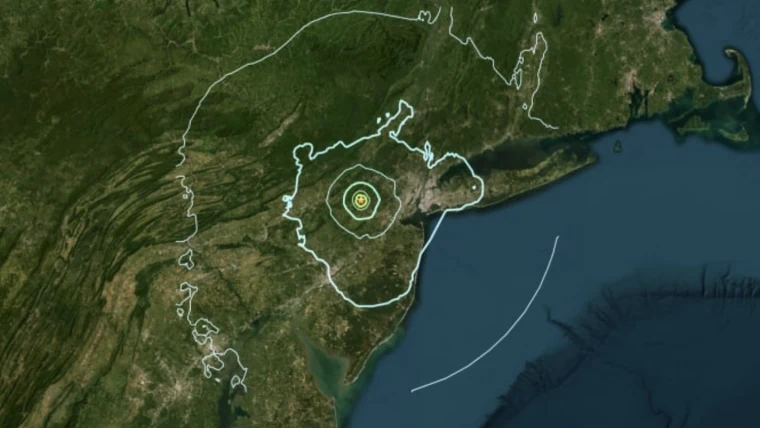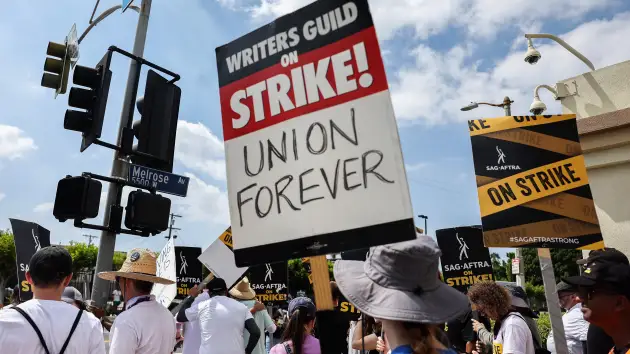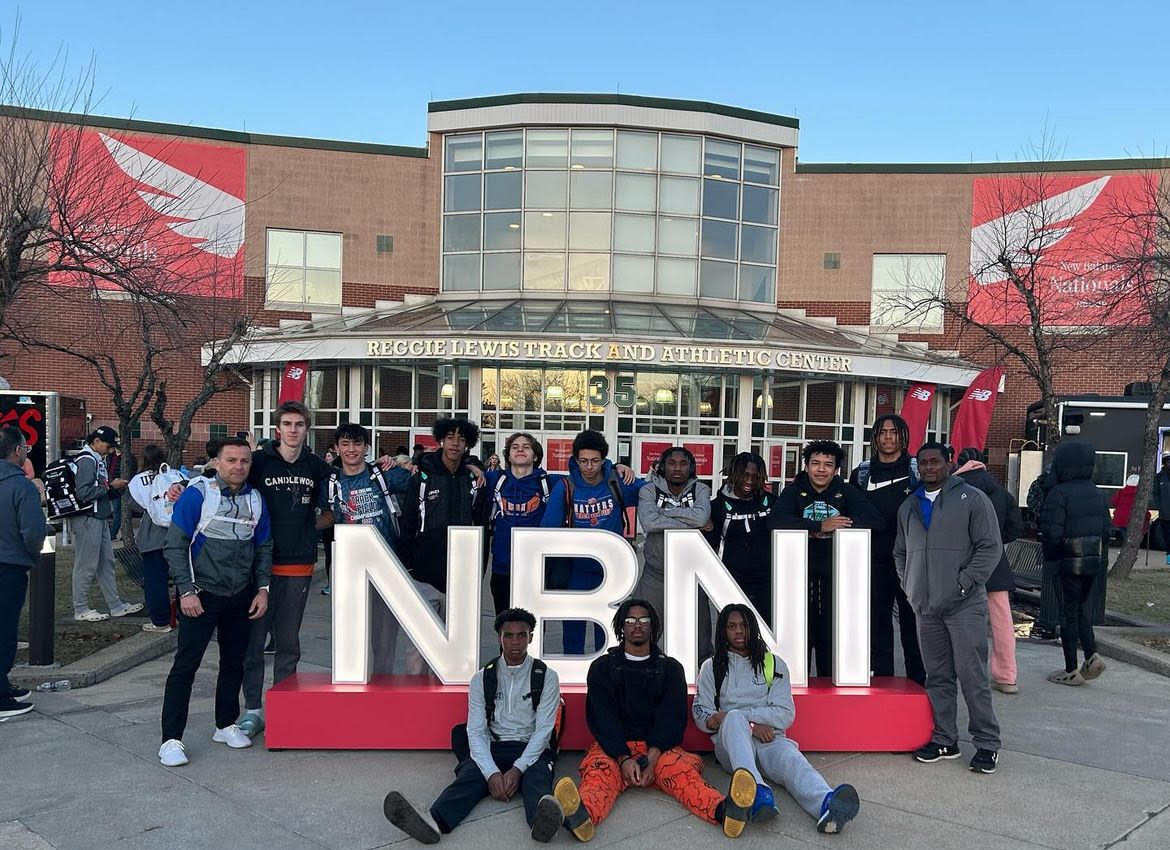Gas Leak Chaos
What do two gas leaks in one month imply for the future of DHS?
November 2, 2022
What began as a normal Friday took an unexpected turn- for the second time. Blaring alarms, drowned out voices over the announcements, and the sudden stampede of high school students fleeing the campus before first period even began were some of the first signs of chaos.
On October 7th, at approximately 7:15 am, it was announced over the speakers that there were reports of a possible gas leak (again), which were later confirmed. Students were evacuated out of the building before first period, and were led to the football stadium to wait for further instructions. However, chaos ensued when students, who were dismissed from campus at the previous gas leak, attempted to leave again. Due to the volume of the alarms drowning out the announcements, many students stated they were unaware that school was remaining open. Some students were stressed about rides home, as well as what a second gas leak holds for the future of DHS’ safety protocols and assurance.
At 7:15 am, most students at DHS were in the building. Whether students were at the cafeteria, in class, hanging out near the auditorium, or anywhere else at DHS, it was a confusing experience for everyone involved.
Amy Kouch, a junior at DHS, thought that it was a fire drill, and was “surprised since it was 7 in the morning.” Many people felt the same confusion, wafting in the air of the soon-vacant halls at DHS. Yet, some were even excited.
When Sarai Pichardo, another junior at DHS, was asked how she felt, she stated that she “wanted to go home, but [I] didn’t think they would sound the loud alarm.”
Due to the evacuation process of the first gas leak this year, the majority of students at DHS during the gas leak assumed they were going home. However, students who were not at the building during the leak, especially seniors with “Do Not Schedule” periods, felt even more confused and conflicted than most.
Senior Arianna Martinez detailed her confusion by stating that she had just “woke up when it happened… I was getting all these messages.” Martinez speaks on behalf of many seniors with her experience, who were just getting up and still half-asleep when tragedy struck.
When asked about their opinion on how the school handled the gas leak Friday, many students were conflicted. The range between students who believed it went poorly and students who believed it went well was quite vast, even leaving some stuck in the middle.
Sarina Johnson, a junior at DHS, felt conflicted due to the effort of the faculty to instruct students versus the circumstances she was placed in that made it hard to hear. Johnson then went on to explain, “I’m not sure how bad it was in classrooms because I was in the hallways, but in my experience the announcements they did mildly explained what was going on- I didn’t really hear the evacuation instructions.”
However, some students had firmer conviction on how they believed it went. Students such as Thalha Thabish (junior at DHS) believed that it became an unnecessary problem to use the same stairwell for all students upstairs to go down to the stadium, while students such as Pichardo believe that it “ran smoother than the last time.”
While many had differing opinions on how the sudden gas leak evacuation went, all that were interviewed have the same belief for how possible gas leak evacuations in the future should go.With a big school, there are too many students and not enough information. “Something we can improve on is more teacher training. Mr. Donavan can only make so many announcements but the teacher is the one with the students,” says Martinez. Like-minded students call for actions such as set-in-place protocol, drills similar to fire and active-shooting drills, as well as faculty organization- so that teachers and other staff members know what exactly they are doing and where to send students.

While many question the safety and protocol of DHS, the faculty of the Attendance Office had their own discernment of the gas leak as well.
“I think that the biggest problem we had in attendance is that students thought it was going to be the same type of dismissal as last time- that we evacuated for the day- and so a lot of them just went home,” was expressed as the understanding of the administration office.
The administration office presumes that the chaos of attendance during the gas leak was a simple misunderstanding, and that it is not difficult to spot correlation in missing students by already existing attendance protocols. “I think that the most effective tool we have is teachers taking attendance. First period teachers were told to take attendance in their class after the gas leak and that’s what they did.” By confirming the attendance taken before the gas leak and comparing it to the aftermath, teachers were able to identify which students went home.
With two gas leaks in a little over a month’s span, students, staff, and parents are left to wonder what sudden leaks may imply for the school safety. However, Principal Donovan cleared these rumors and assured students’ that their safety is the school’s top priority. An exclusive interview was conducted with Principal Donovan- who explained the cause of the gas leak. “Around 7:00 am some staff members were texting me that they were walking into the building and smelling an odor of gas… They were doing routine maintenance on the units above The Black Box, they do it once a year getting ready for the heating season and it seems that someone had left a gas valve open.”
Principal Donovan then went on to explain that while there are drills in place for everything, they crossed paths with the Black Box, scene of leak. “The problem is, say for example we have a fire drill, and everyone knows where they’re going. The problem with this one is that everyone that goes in between The Black Box and Auto is going to cross the gas leak which we can’t do.” Principal Donovan expresses that, because gas leaks happen in unexpected places, there are no specific paths or drills that are set in place as guaranteed to be leak-free. The cause of commotion is simply the unpredictability of danger, to which staff are required to redirect students to safer areas.
However, staff were unable to synchronize and prepare in advance as well as students desired, as most staff were only made aware of a possible gas smell 5-10 minutes before students were.
Principal Donovan sees the second gas leak organization in a positive light, “We improved a lot from the first time we did it.” The organization of the second leak allowed for a smoother transition back to class, unlike the first gas leak’s evacuation of campus, which left most students with no way home.
However, Principal Donovan does criticize the behavior of students who intentionally left the building, knowing school was back in session, “It is an emergency situation and we need them to try and listen better and try not to jump the fence in the back.”
The gas leak of October 7th was a strange series of events, but if there is one thing that is the most important takeaway, it is to listen for directions about pathways to use or avoid, and listen to teachers for instructions on where to go. Students should check in with staff before concluding the campus is being evacuated, and wait for further instructions in the football field. While there is no guarantee that a third gas leak may happen, students should be prepared for all types of emergencies and act accordingly.

































